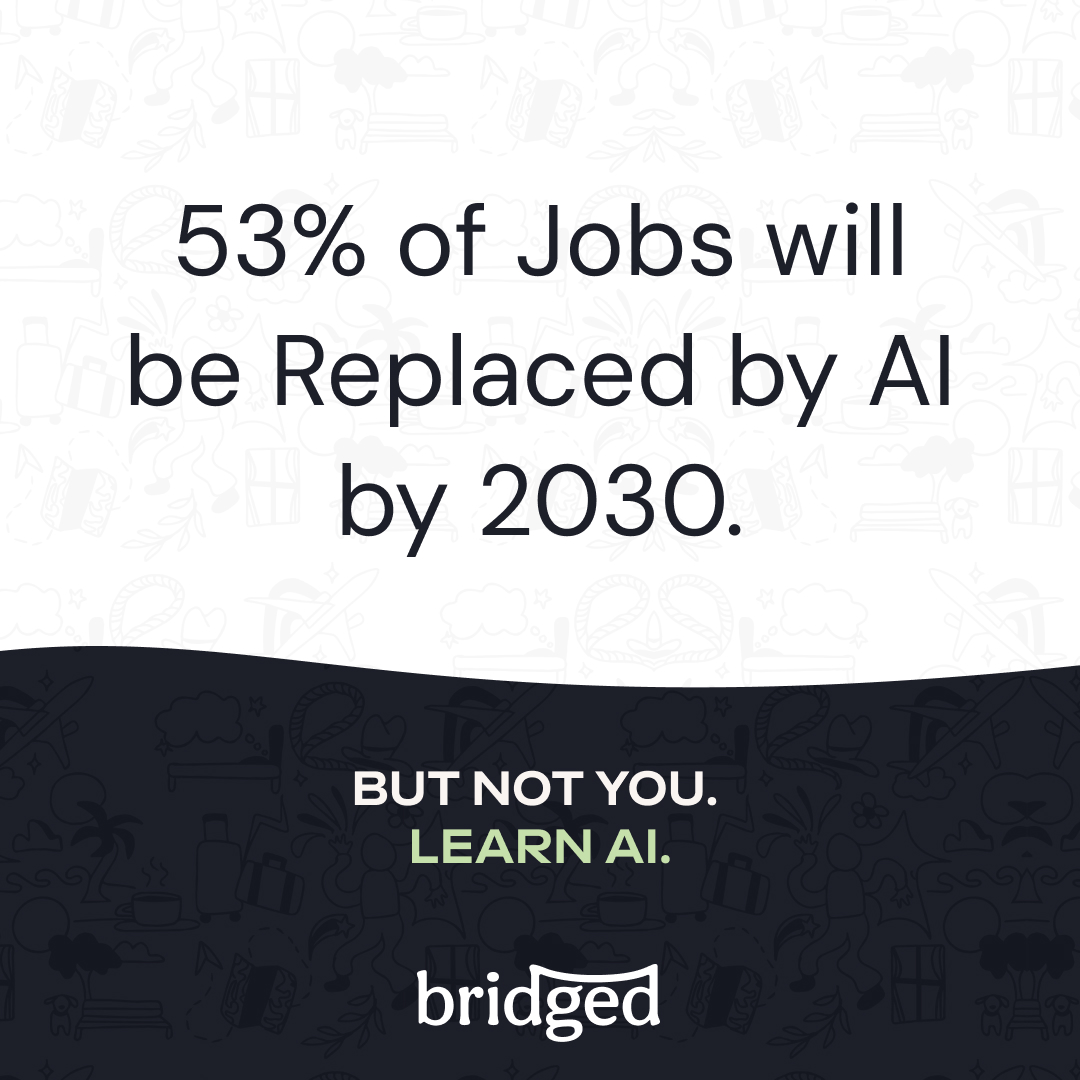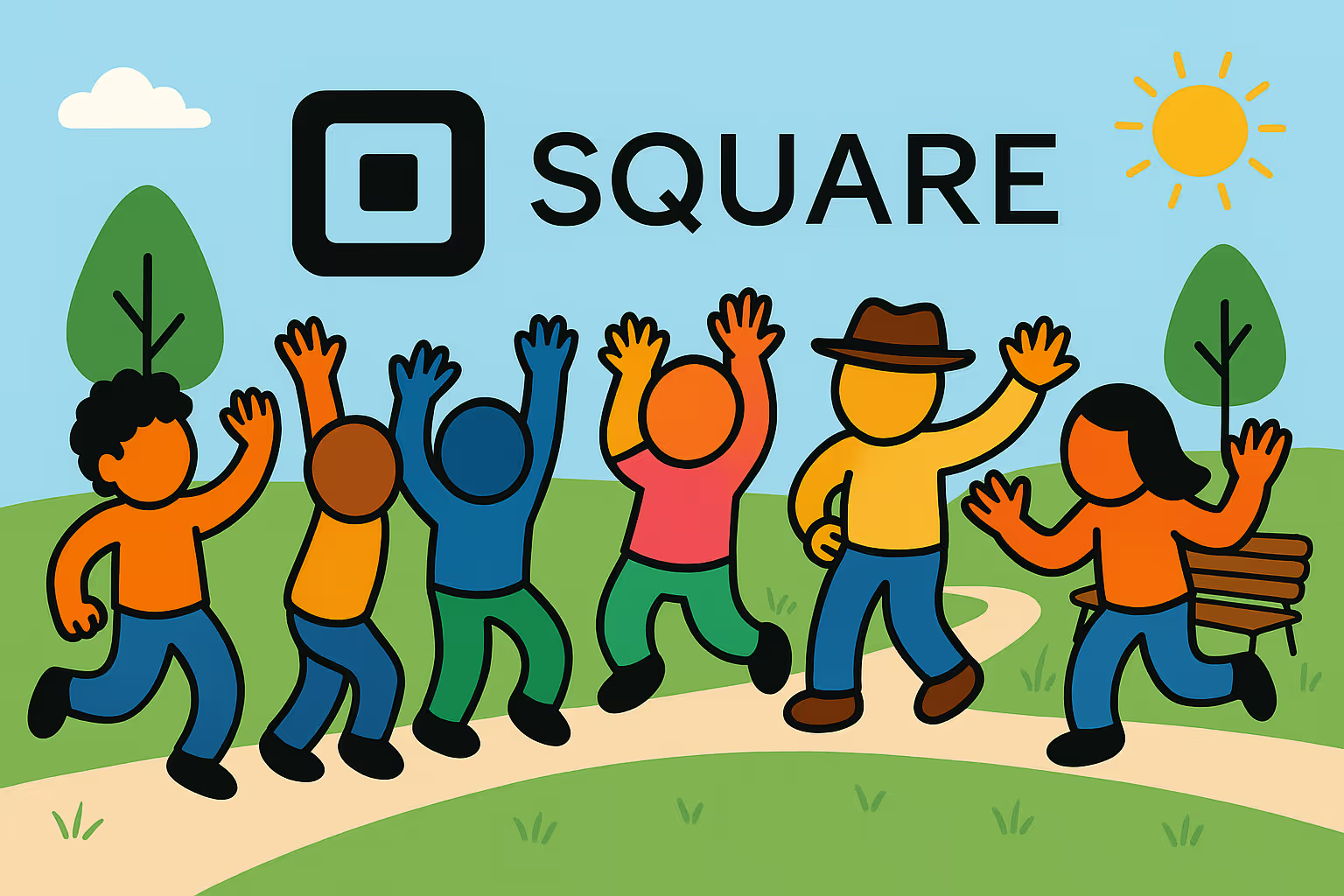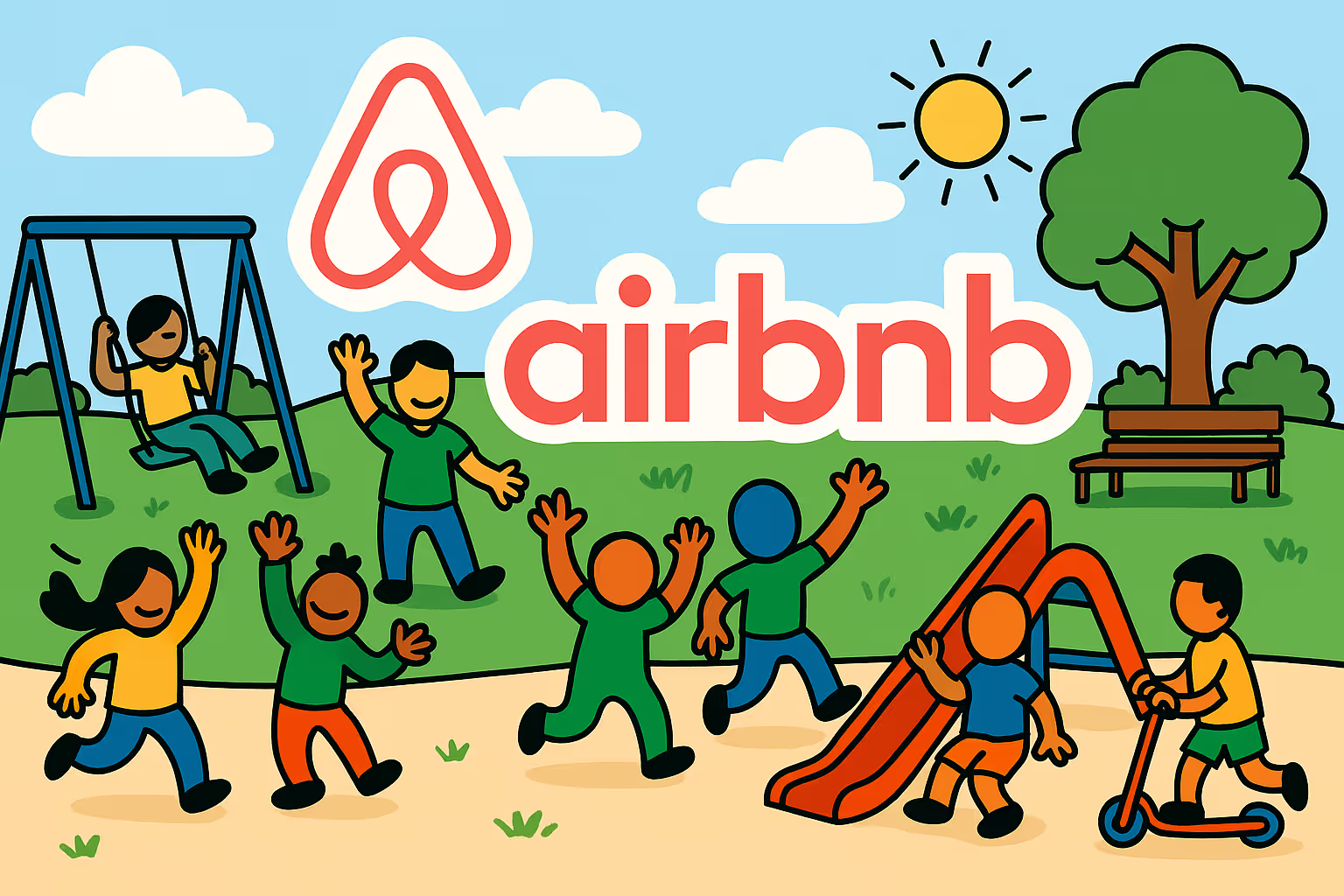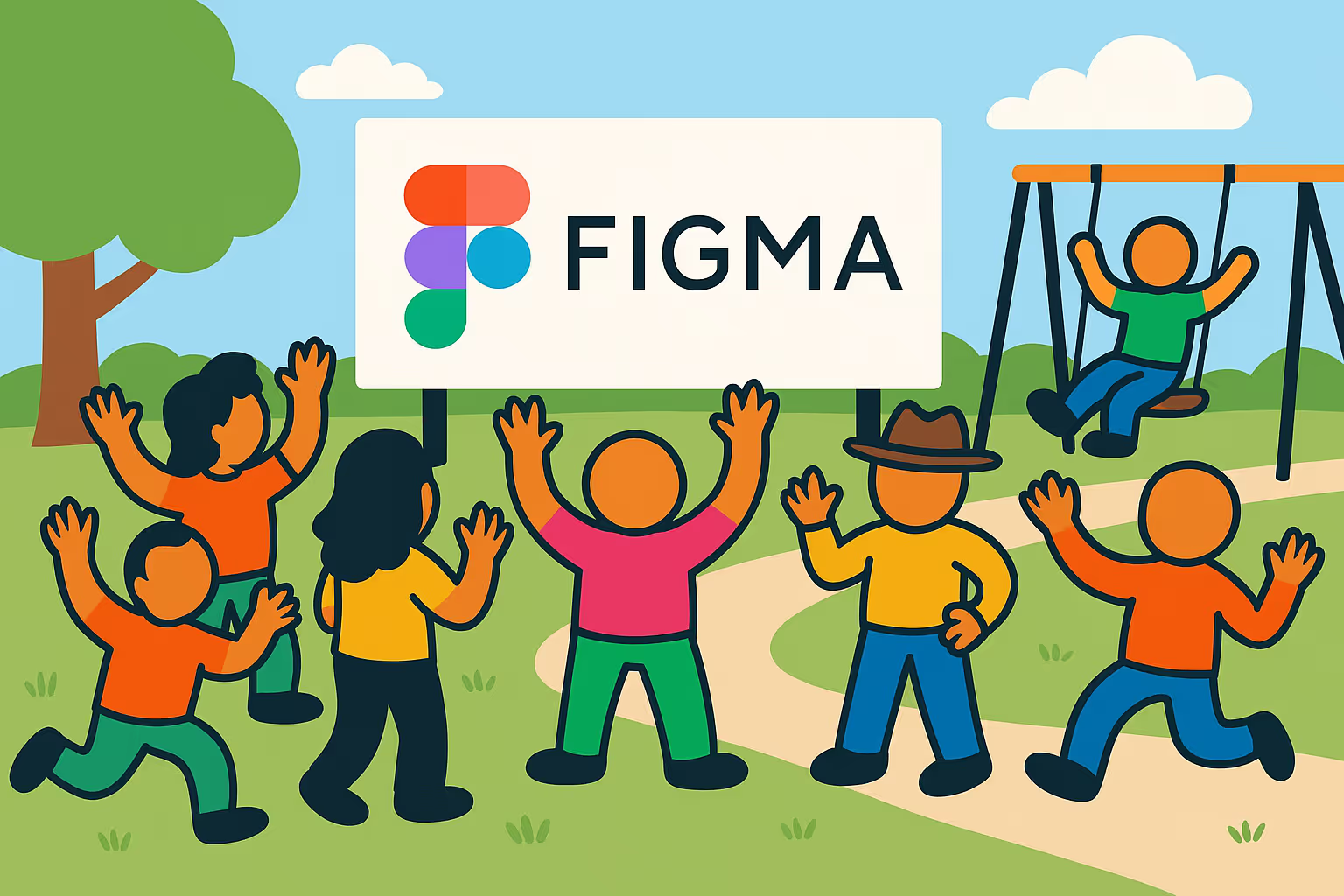How to Get a Job at Figma

Founded: 2012
Headquarters: San Francisco, CA
Remote Work: YES!
Benefit Rating: 9/10
Entry Level Jobs: Yes
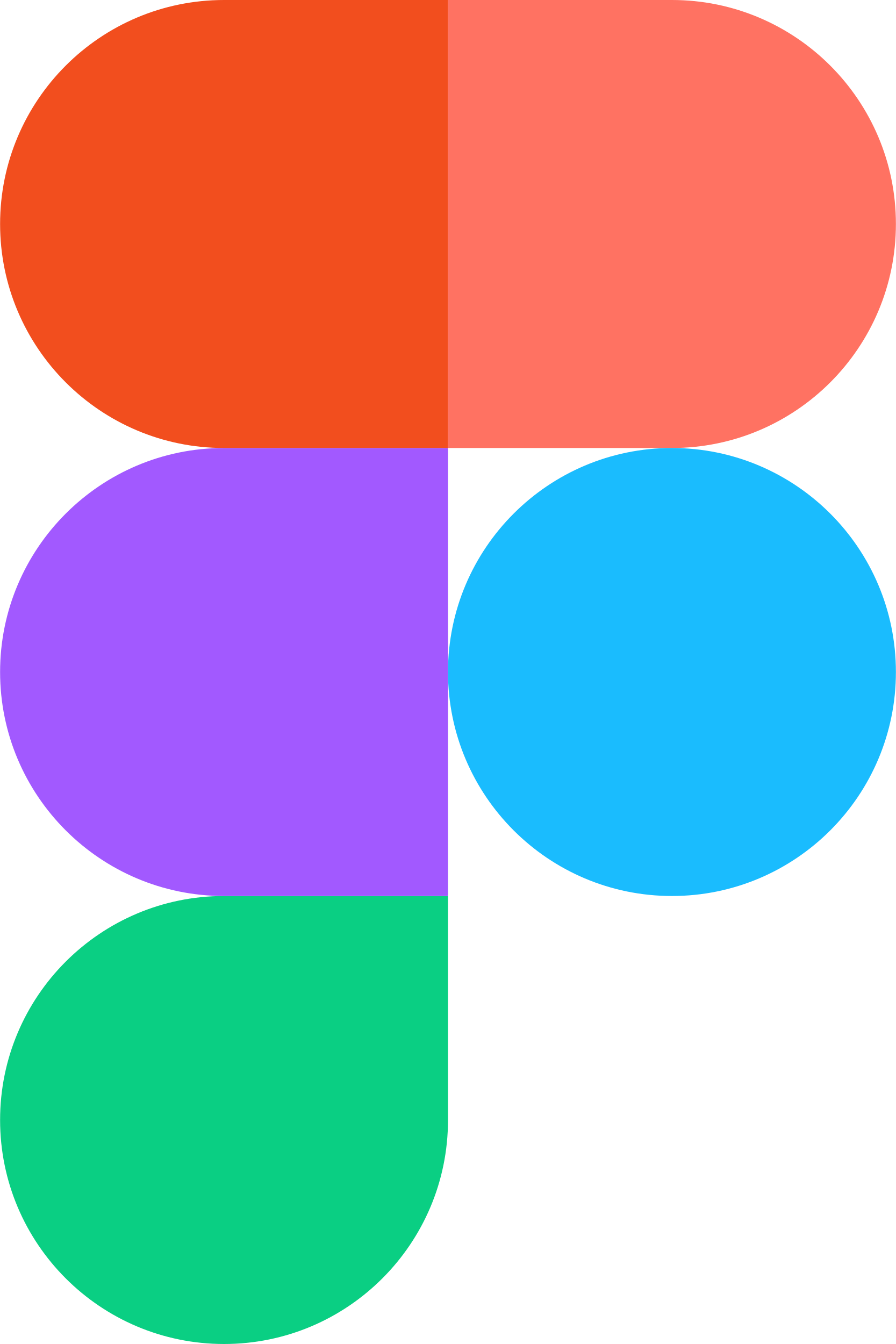
Figma Overview
Figma Details & History
Figma was founded in 2012 by Dylan Field and Evan Wallace while they were students at Brown University, with a mission to bring professional-quality UI/UX design tools to the web and make designing truly collaborative. After launch in late 2016, it quickly grew into a go‑to platform for interface design and prototyping across browsers, Mac, Windows, and even mobile devices. Figma's rapid growth saw it valued at $2 billion in 2020 and then $10 billion in 2021. A proposed $20 billion Adobe acquisition in 2022 was ultimately blocked, and Figma stayed independent—earning praise for renewed focus and product innovation at its 2025 Config Conference—which included four new AI‑powered product lines.
Figma Office Locations
Based in the San Francisco Bay Area, Figma operates from Palo Alto and also (as of writing this!) maintains remote-friendly global roles. Though their main engineering and design teams are deeply rooted in Silicon Valley, Figma supports fully distributed teams—especially in product, support, and marketing—reflecting their browser-based collaboration DNA.
Figma Primary Competitors
While Figma dominates the UI/UX design category (it's our personal favorite tool here at Bridged!), its closest rivals include Adobe XD, Sketch, and even parts of the Adobe Creative Cloud ecosystem (but tbh we use Adobe too). Its collaborative real-time editing model remains unique. With AI tools like Make and Draw launching, competition against Adobe Illustrator and emerging design tools is heating up.
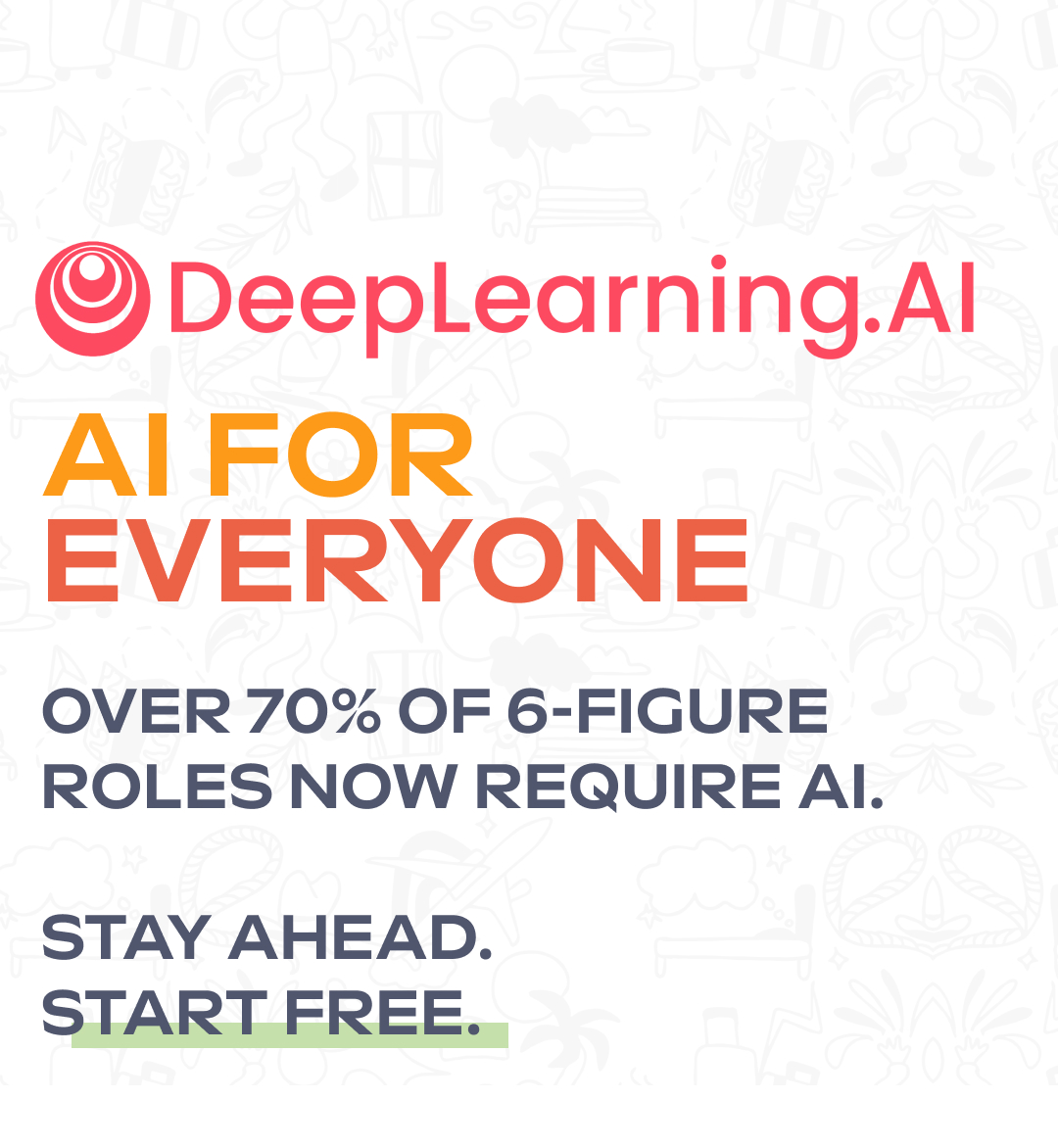
Figma Hiring Details
Top Figma Departments for Entry-Level Roles
Roles for early-career applicants span Product Design, User Research, Engineering, Product Management, Growth & Marketing, and Operations. Junior Designers collaborate on real projects from Day One; new grad engineers engage directly with backend and frontend tools; early-career PMs own specs for community initiatives. The company values well‑rounded candidates who thrive in cross‑disciplinary collaboration and who can lean into Figma’s hands-on, creative culture.
Diversity at Figma
Figma takes inclusion seriously—its career and culture pages highlight connection, kindness, and belonging as founding principles (“connection and kindness are core”). Employee feedback rates Figma highly (96% say it’s a great place to work) with trust, belonging and pride scoring above industry averages (according to Great Place to Work). Community groups (“Figmate Communities”) bring together employees across identity, role, and location through storytelling, mentorship, and programming Figma.
Is remote work allowed at Figma?
Yes! Figma embraces its browser-native roots with a remote-friendly policy. While some jobs are based in their Bay Area offices, many roles—especially in design, support, and non-engineering functions—can be fully remote or hybrid. Their collaboration-first tools support asynchronous and synchronous workflows alike.
Is it hard to get a job with Figma?
Short answer: it’s definitely competitive, but not impossible. Figma receives many applications from top-tier designers and engineers, especially now as it heads toward IPO. Candidates tell Reddit communities that Figma often requires a strong portfolio (for design roles), well-articulated product thinking (for PM roles), and live coding skills for engineering jobs. Understanding Figma’s product, culture, and mission is expected before you apply.
Does Figma have good benefits?
Figma’s benefits package consistently ranks as thorough, inclusive, and competitive—especially for early-career talent. Here's a closer look at what real employees report and Figma advertises:
Health, Family & Wellness
- Offers robust health, dental, and vision insurance, along with disability coverage, Flexible Spending Accounts (FSA), and Health Savings Accounts (HSA).
- Emphasizes mental health and wellness support, including access to resources and wellness stipends — noted as important perks in Glassdoor reviews.
- Provides generous parental leave, adoption and fertility assistance, and support that extends to growing families.
Time Off & Flexibility
- Employees report 20–30 days of paid vacation plus paid sick days, holidays, and recharge days—a culture that truly encourages mental downtime and work-life balance.
- Built-in culture of unlimited PTO, flexible work hours, and hybrid or remote work options depending on role and team.
Financial & Retirement Perks
- Includes a 401(k) plan with company matching, as well as equity or stock grants for employees of all levels.
- On average, Levels.fyi estimates the full value of Figma benefits at around $1,095 per employee monthly, which includes perks like remote and wellness stipends.
Workplace & Remote Support
- Offers work‑from‑home stipends, cell phone reimbursement, fitness or wellbeing allowances, and pet-friendly workplace perks—designed to support hybrid and remote-first teams.
Learning & Development
- Figmates receive learning and development budgets, paid conference attendance, and mentorship programs to further professional growth—reinforcing Figma’s collaborative and growth-oriented culture.
- The quarterly Maker Week lets every team pursue passion projects or prototyping ideas outside normal work scope—a creative outlet built into the calendar.
Culture & Employee Feedback
- In Glassdoor surveys, 75% of Figma engineers report satisfaction with their benefits, often emphasizing support for new parents and alignment with personal values.
- Forums and employee-negotiated commentary highlight Figma’s culture of open feedback, direct mentorship, and supportive peer review—echoing values like kindness and connection in their hiring ethos.
Figma Interview Process
Who is Figma looking to hire?
Figma looks for autonomous, creative problem-solvers across disciplines: product design, software engineering, UX research, marketing, sales, and operations. They prioritize diverse thinkers who can collaborate on a global scale, align with Figma’s value of “multiplayer people,” and bring real impact from day one. Designers often land roles by showing “zero to one” projects—full products or major features they built from scratch
Figma Values
Based on Figma’s Careers and Engineering blog, their values include:
- Collaborative growth: “Lift your team”—help others learn and thrive, share feedback early and respectfully
- Inclusive communication: Encourage diverse opinions and iterative feedback loops
- Ownership & creativity: Build responsibly, transparently, and with user focus.
Figma Interview Process
We aggregated user experiences from Reddit to build a realistic view of Figma’s hiring path:
Interview Rounds & How to Prepare
- Recruiter/Phone Screen: Standard background & fit conversation
- Byteboard (new grad/intern roles): technical coding assessment typical for SWE candidates
- Final Interview Jam Session (Design roles): timed critique & creative exercises mimicking real collaboration (Source: Reddit)
- Reference Check / Offer Stage: final step, covers cultural fit and past feedback
Bridged Prep Tips:
- Technical candidates: Practice Byteboard-style coding and system design
- Designers: Prepare strong portfolios with polished case studies, showcasing problem context, process, and iteration
- Everyone: Brush up on Figma product usage/tools, design thinking, and communication under simulated feedback pressure nearly every Redditor mentions being grilled on clarity and speed Learn More from Reddit Here.
Figma Internships & APMs
Figma Internship Program
Interns report a highly engaging, well‑paid experience. Reddit users described the program as rewarding and supportive—with cohorts based in cities like NYC experiencing high morale and visibility early in their career.
Typical SWE intern path: a recruiter screen → Byteboard assessment → ~4-hour virtual onsite including 2 technical + 1 behavioral round.
Figma MBA Program
Figma occasionally hires MBA interns or early MBA grads into product or operations tracks. These placements are described informally via Reddit AMAs, where participants share cross-functional mentorship and high autonomy early in their tenure.
How You Can Work for Figma
We’ve developed a tried-and-true process to help Bridged readers land jobs at top-tier tech companies—and Figma is no exception. While it’s a competitive, design-driven environment, there are clear steps you can take to improve your odds. The biggest factor? Demonstrating the right kind of impact and collaboration skills. Read on for our recommendations.
Identify Your Target Role
Figma hires across engineering, product, design, marketing, and operations—but most roles emphasize collaboration, creativity, and user empathy. We recommend starting with our Best Entry-Level Tech Jobs guide to better understand what kinds of positions align with your skills and portfolio.
If you’re excited about shaping the future of design collaboration, you might thrive in:
- Product Design & UX Research (collaborative design, prototyping, accessibility)
- Software Engineering (front-end, collaborative infrastructure, real-time systems)
- Product Management (design tooling, growth experiments, AI-driven features)
- Community, Marketing & Education Roles (design evangelism, content, partnerships)
Explore Ways to Get Experience
You don’t need a design degree from RISD or a FAANG pedigree to get hired by Figma—but you do need to show that you can build, ship, and collaborate like a pro.
Great ways to stand out:
- Build projects in Figma: Design full products or features, then publish them publicly or in the Figma Community
- Contribute to open-source or design resources: Plugins, templates, or UI kits that demonstrate problem-solving and design craft
- Take foundational courses: For example, Google UX Design Certificate (for beginners) or Product Management in Digital Design Tools
- Run mock UX audits: Pick an app you love, redesign a flow in Figma, and write a short case study on your thought process
- Practice collaboration: Show that you can co-design, give feedback, and iterate rapidly—values that Figma prizes highly
Figma values “builders and team players,” so real-world design files, thoughtful case studies, or even unsolicited UX suggestions can make you memorable.
Use Jobscan to Optimize Your Resume
Like many tech companies, Figma uses ATS (Applicant Tracking Software), meaning your resume may be filtered before a recruiter sees it.
To improve your odds:
- Use Jobscan to match your resume against Figma’s job descriptions
- Mirror job titles exactly (e.g., “Product Designer – Collaboration Tools”)
- Include relevant keywords like “prototyping,” “design systems,” “real-time collaboration,” “JavaScript,” or “UX research” depending on the role
These small tweaks can determine whether you get seen—or stuck in the ATS black hole.
Use LinkedIn Premium to Find and Reach Out to Figma Employees
Figma is a medium-sized, still-growing company where referrals and internal visibility can make a big difference. Networking thoughtfully can help you stand out.
We recommend:
- Searching LinkedIn for current Product Designers, Engineers, or Recruiters at Figma
- Sending a short, personal message referencing a Figma feature you admire (e.g., FigJam, Variables, or a recent community event)
- Sharing your own work: a plugin you built, a case study redesign, or an open-source contribution
A warm introduction or referral—even a casual one—can dramatically improve your application’s chances.
And Finally: Be Patient
Figma is highly selective, with many applicants per role—but they also value initiative, creativity, and collaboration.
If you don’t land the role on your first try:
- Build in public: Share your Figma files, plugins, or design case studies online
- Stay active in the Figma community: Comment, collaborate, and contribute to open-source design tools
- Reach out again later with a stronger portfolio, a new skill, or a project aligned with Figma’s roadmap
You’re developing the right skills—and the work you put in now could make you the perfect candidate next time around.
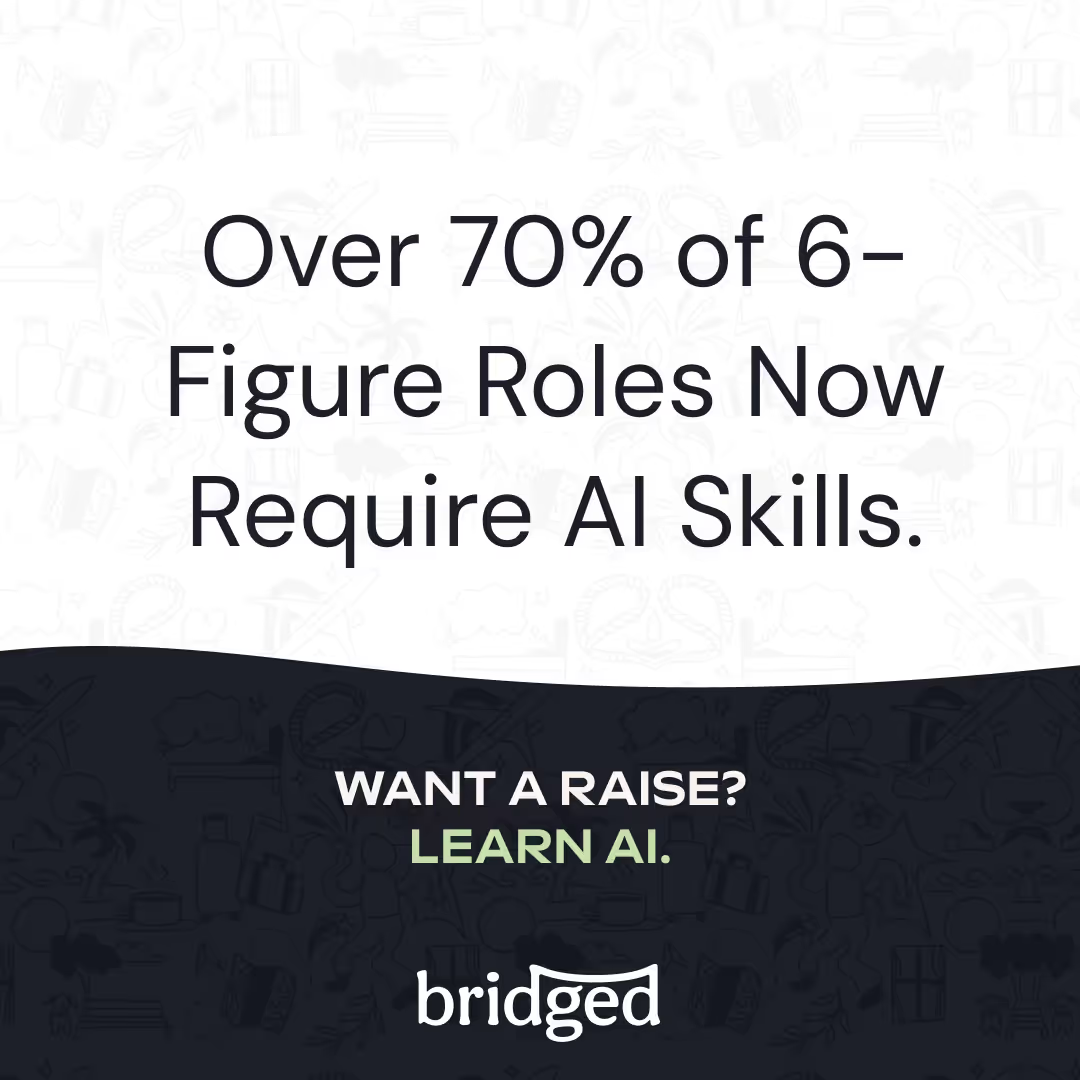
Conclusion
Final Take: Is Figma the Right Fit for You?
Landing a role at Figma isn’t just about sending in an application—it’s about showing you can think, build, and collaborate like a Figmate. From designing thoughtful projects in Figma itself to networking with current employees and tailoring your resume for visibility, every small step compounds your chances of standing out.
Figma is looking for builders, big thinkers, and great teammates—and the good news is, those skills can be learned and showcased, even without a traditional design or tech background. Keep improving your portfolio, stay active in the design community, and don’t get discouraged if you don’t land it on the first try.
Your future job at Figma could be one project, one connection, or one application away. Keep building, keep sharing, and keep showing your curiosity—opportunities have a way of finding people who do. Did you get something out of this article? Let us know at hello@getbridged.co

How to Network on LinkedIn for Remote Tech Jobs
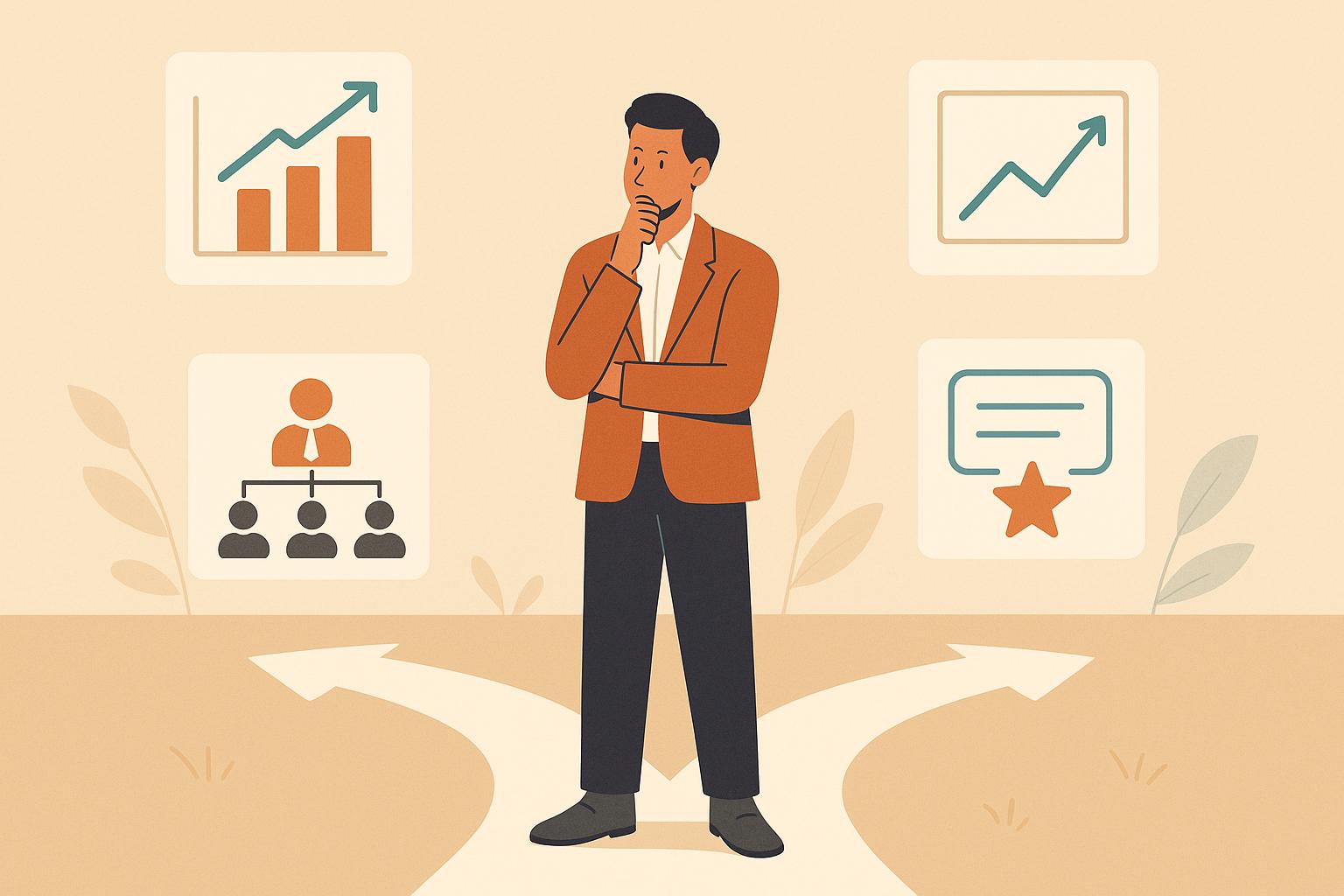
How To Assess Startup Stability Before Joining
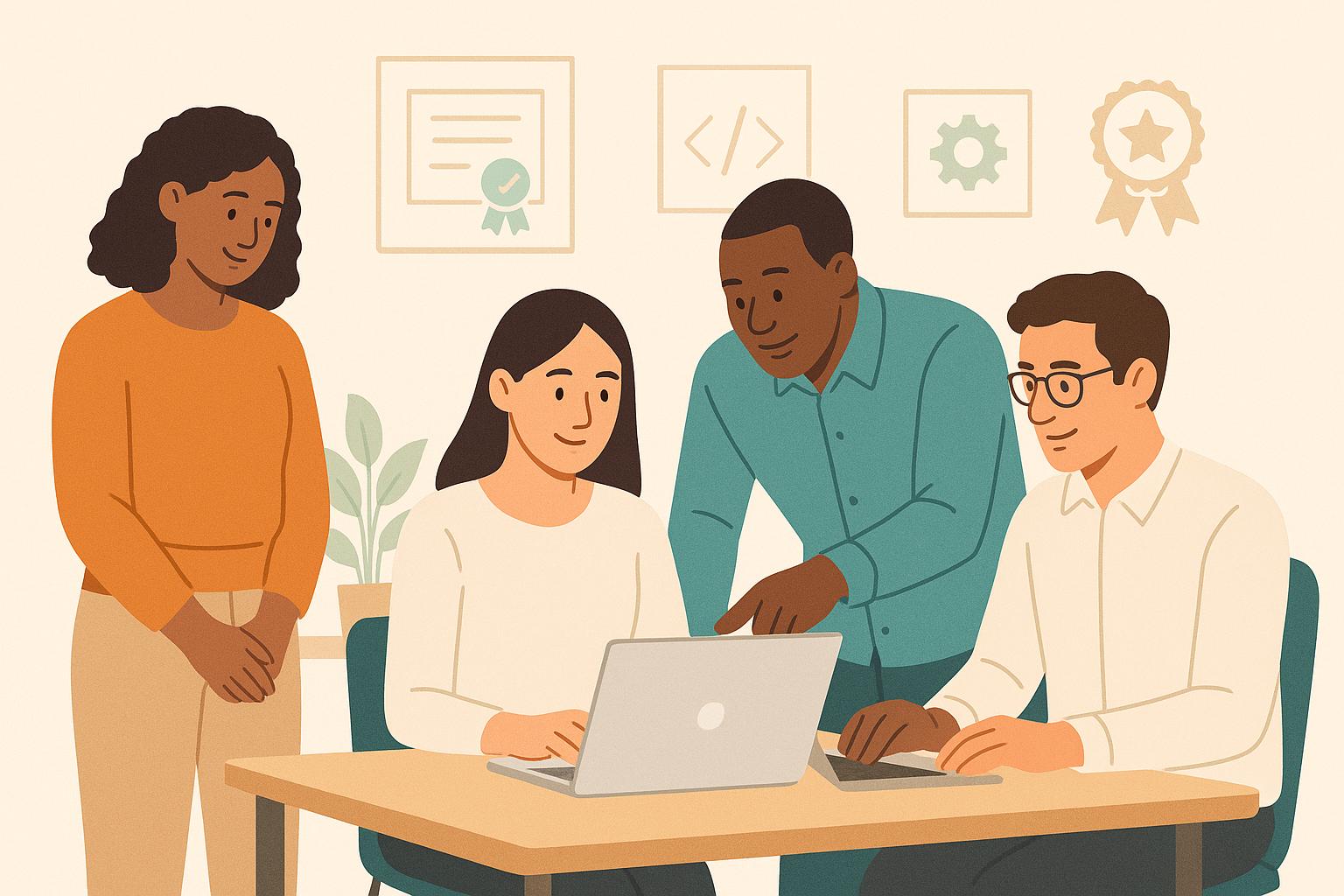


.png)


